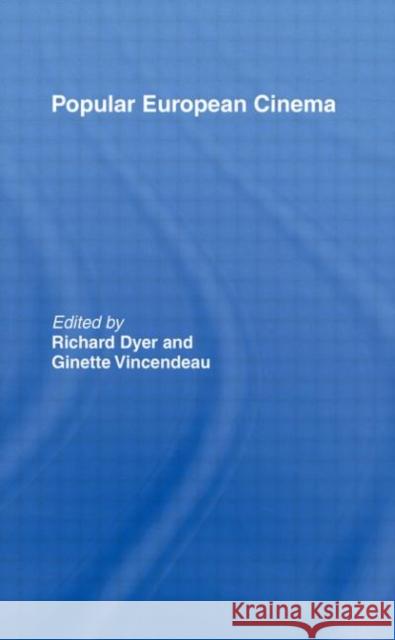Popular European Cinema » książka
Popular European Cinema
ISBN-13: 9780415068024 / Angielski / Twarda / 1992 / 288 str.
Popular European Cinema
ISBN-13: 9780415068024 / Angielski / Twarda / 1992 / 288 str.
(netto: 670,84 VAT: 5%)
Najniższa cena z 30 dni: 654,86
ok. 22 dni roboczych
Dostawa w 2026 r.
Darmowa dostawa!
While popular European cinema is strongly linked with the dominant American version of popular film, it cannot be read simply as Hollywood in foreign dress. The styles, stars and genres of popular European cinema - Swedish melodramas, Italian horror movies, French musicals - all have their own conventions, superfically similar to Hollywood and yet certainly distinct from it. The popular cinema of Europe has been surprisingly little studied as both art and social document. Popular European Cinema seeks to fill this gap and to illuminate two compelling contemporary issues: the nature of the popular and the new Europe. The book examines the reasons why films that are most popular with audiences in any one European country are seldom successful elsewhere. Audiences themselves represent diverse class, gender and ethnic identities that complicate the question of national cinema, not least with recent developments in formerly communist Eastern Europe and post-colonialist Western Europe.
European Cinema is not just `art' cinema, but nor is popular cinema in Europe just Hollywood in foreign dress. In fact, the styles, stars and genres of popular European cinema - Swedish melodramas, Italian horror movies, French musicals - all have their own conventions, superficially similar to Hollywood and yet certainly distinct from it.
The popular cinema of Europe has been surprisingly little studied either as art or social document. Popular European Cinema seeks to fill this gap while illuminating two compelling contemporary issues: the nature of the `popular' and the new Europe.
Films that are very popular with audiences in, say, Finland and Spain, are seldom successful elsewhere. This book examines this paradox which is further complicated by the fact that Europe itself is not a unified phenomenon, not least in the light of recent developments in Easterm Europe and post-colonial Western Europe. Through their individual studies, the contributors open up a new area of study, using the medium of film to focus on and celebrate the diversities of popular European culture.











